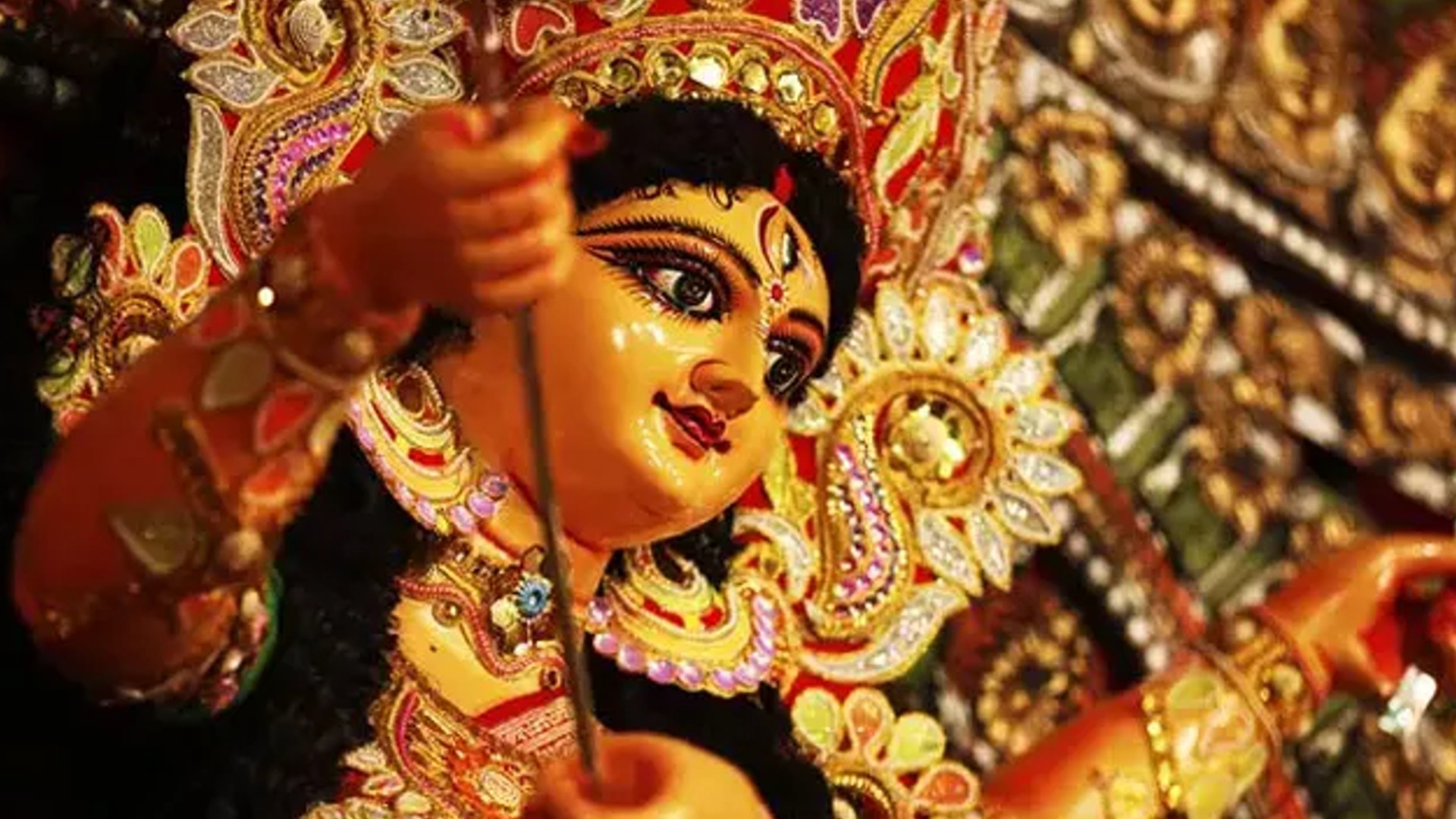The festival of Navratri honors Goddess Durga over nine days. Navratri, celebrated in different regions with different names, is one of the most important Hindu festivals. In Sanskrit, Navratri means nine nights. The ‘Nine Forms of Maa Durga’ are worshipped for nine days.
Chaitra Navratri (March-April) and Sharad Navratri (September-October) are the two most widely celebrated Navratri festivals. Shardiya Navratri is celebrated during Autumn and is one of the most awaited festivals. Shardiya Navrati will take place on October 07, 2021, and will conclude on October 14, 2021. Vijayadashami will follow on October 15, 2021. According to the Hindu calendar, Shardiya Navratri occurs in the auspicious month of Ashwin.
What is the purpose of the festival? Navratri or Maha Navratri symbolizes the triumph of good over evil. It took Goddess Durga nine days to fight demon king Mahishasura and kill him, marking the victory of good over evil. It also marks the beginning of the festival season in India, which includes Dussehra, Diwali, and Bhai Dooj.
The nine forms of Goddess Durga
Navratri celebrates the nine forms of Goddess Durga, collectively known as Navdurga. The Navratri festival celebrates Ma Durga in different incarnations on each day. On the first day, Mata Shailputri is honored, then Chandraghanta, Kushmanda, Skanda Mata, Katyayani, Kaalratri, Mahagauri, and finally Siddhidatri on the ninth day. Each form of Maa Durga is also associated with a particular color and has a particular meaning. It is auspicious to wear these colors on the specific days of Navratri. Here are the meanings of each colour of Ma Durga.
Day 1: Yellow
Goddess Durga, Mata Shailputri, is worshipped as the beginning of Navratri. Yellow is associated with the day, which brings brightness, happiness, and cheer to our lives. Shailputri is a symbol of Mother Nature, and her favorite flower is jasmine.
Day 2: Green
Navratri’s second day is dedicated to the worship of Goddess Brahmacharini. This day is associated with the color green. This color is associated with renewal, new beginnings, and the power of nature. On the second day of Navrati, wearing this color brings growth, harmony, and fresh energy into one’s life. Additionally, offer Jasmin flowers to the deity.
Day 3: Grey
Mata Chandraghanta, the third form of Goddess Durga, is honored on the third day. Her favorite color is grey and she carries a half-moon on her forehead. This is a dark hue and often associated with negativity, but grey also symbolises zeal and determination to destroy evil.
Day 4: Orange
Goddess Khushmanda is celebrated on the fourth day, credited with creating the world with her divine smile. “Smiley goddess” is also another name for this goddess. She is associated with the cheerful color orange for that reason. Orange symbolizes brightness, happiness and positive energy.
Day 5: White
Skandamata is the fifth form of Goddess Durga holding Lord Kartikeya in her right hand. This form of the Devi also gives the benefit of worshipping Lord Kartikeya. Don a white color attire on this day, which represents purity, peace and meditation.
Day 6: Red
Katyayani is the sixth form of Goddess Durga. In addition to being the most powerful form of Goddess Durgaso, she is also known as Bhadrakali, the warrior goddess. Red is the colour associated with the fiercest form of the goddess Durga. This hue is associated with the Goddess’ rage and fearlessness.
Day 7: Royal blue
Kalaratri is the seventh avatar of Navdurga. She has a dark complexion and has a fearless posture and is believed to be the destroyer of all demons. Kalaratri means “the Death of Kaal” and over here, it is referred to as death. Dark blue represents the Devi’s immense power. It is associated with a royal blue color, which signifies enormous power.
Day 8: Pink
The eight-day festival is dedicated to Goddess Mahagauri. Goddess Durga in this form is able to fulfill all desires of her devotees. Worshippers of this form of the Devi receive relief from all life’s sufferings. The pink color is associated with hope, self-refinement, and social upliftment on this day.
Day 9: Purple
As the final day of Navratri approaches, Hindus will worship Goddess Siddhidatri. ‘Siddhi’ means supernatural power, and ‘Dhatri’ means the person who awarded it. This form of the Devi is a source of knowledge and aids in achieving your goals. The day is therefore associated with purple, which represents ambition and power.
